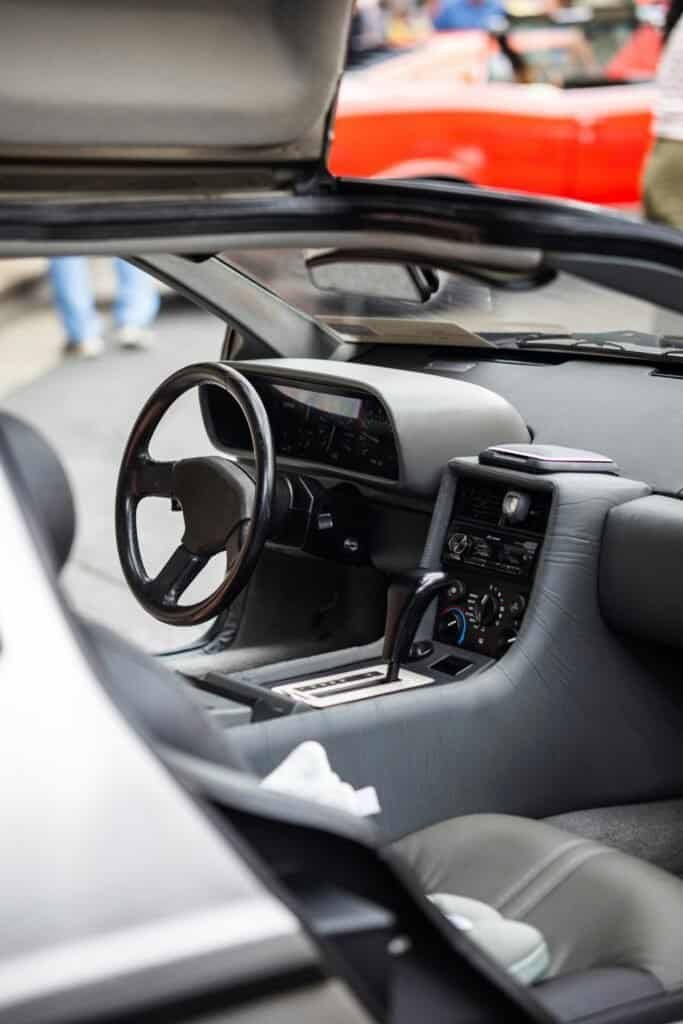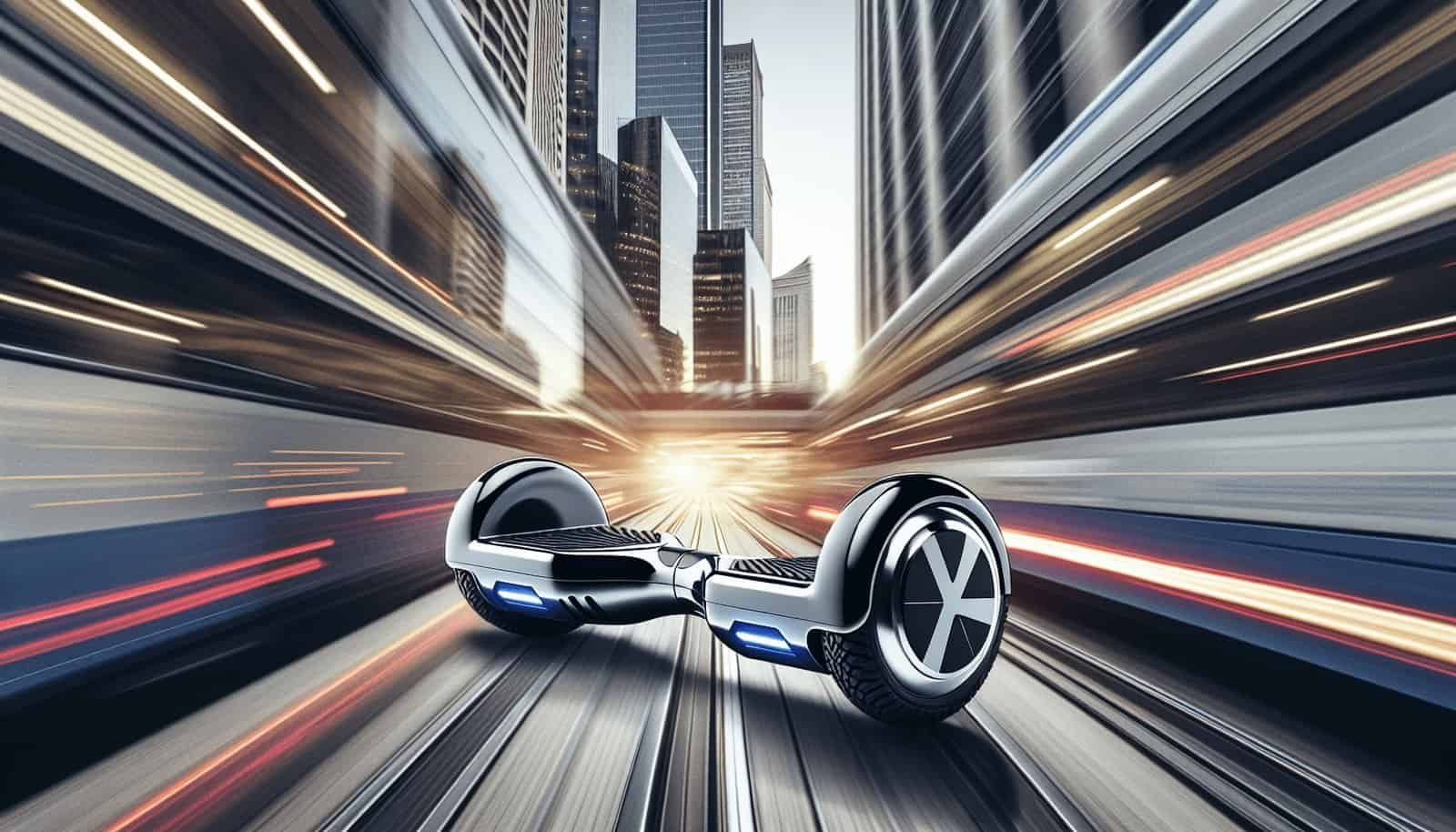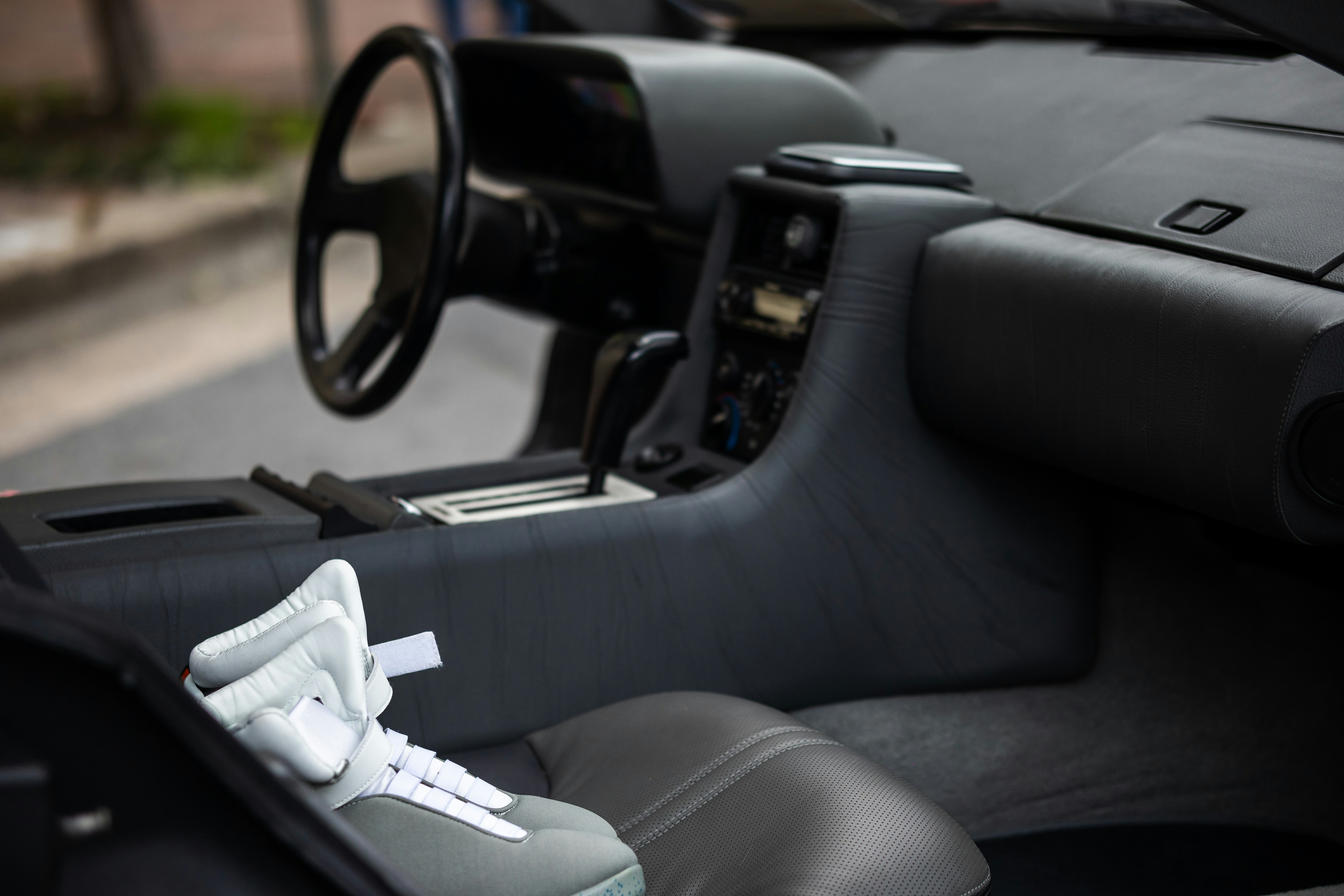Hoverboards have been making waves in the world of urban mobility, offering a novel way to get around that can complement, rather than compete with, traditional public transportation. In the article “What Is The Impact Of Hoverboards On Public Transportation Systems?” you’ll discover how these compact, electric devices are influencing the way people commute, reducing congestion on buses and trains, and providing a flexible, eco-friendly alternative for the ‘last mile’ of your journey. Learn how cities are adapting to this new player in the transportation game and what it means for your daily travel routine. Are you curious about how hoverboards are changing the way we get around our cities? If so, you’re not alone. Hoverboards have zoomed into our lives, offering a fresh, fun, and fast way to navigate our bustling urban environments. But how do these high-tech gadgets impact public transportation systems? Let’s dive into the world of hoverboards and explore their role in transforming urban mobility.
The Rise of Hoverboards
A Brief History
Hoverboards, also known as self-balancing scooters, first captured the public imagination in the early 2010s. Although they were initially marketed as toys for kids and teens, their appeal quickly expanded to adults seeking a convenient and compact mode of transportation.
The Technology Behind Hoverboards
Hoverboards operate using a combination of gyroscopic sensors, electric motors, and rechargeable batteries. The sensors help maintain balance while the electric motors propel the device forward and backward. The result is a compact, eco-friendly mode of transport that can reach speeds of around 6 to 10 miles per hour.
Hoverboards and Public Transportation Systems
Integrating Hoverboards into Urban Transit
How can hoverboards fit into the broader scheme of public transportation? The answer lies in their versatility and portability. Public transportation has long relied on fixed schedules and routes, but hoverboards can act as a complementary tool, providing what the industry calls “last-mile” solutions. This means they can help commuters get from the bus stop or train station to their final destination much more efficiently.
Advantages of Hoverboards
| Benefits | Description |
|---|---|
| Portability | Lightweight and easy to carry onto public transport. |
| Eco-friendly | No emissions, making them environmentally friendly. |
| Flexible Commute | Can be used for shorter distances, reducing dependence on cars or taxis. |
| Cost-effective | Generally cheaper over the long term compared to other forms of transportation. |
Challenges and Concerns
While hoverboards have numerous benefits, they aren’t without their challenges. Safety, for instance, is a significant concern. Many cities have reported injuries related to hoverboard falls or collisions. Additionally, the usability on uneven terrain and during inclement weather can be problematic.
| Challenges | Description |
|---|---|
| Safety | Risk of falls, collisions, and other accidents. |
| Weather Dependency | Limited usability in rain or snow. |
| Limited Range | Typically need recharging after 10-15 miles. |
| Regulation | Lack of uniform laws regulating hoverboard use in public spaces. |

Case Studies: Hoverboards in Different Cities
Hoverboards in San Francisco
San Francisco has embraced hoverboards with a mix of enthusiasm and caution. Known for its steep hills and bustling streets, the city posed both opportunities and challenges for hoverboard adoption. However, the local government has introduced regulations to ensure that hoverboards can be safely integrated into the existing public transportation system.
Hoverboards in Amsterdam
Amsterdam, famed for its cycling culture, saw hoverboards as another form of green transportation. The city’s flat landscape provided the perfect terrain for hoverboard use. Local transit authorities have even considered designating specific lanes for hoverboards to minimize disruptions and enhance safety.
Hoverboards in Tokyo
Tokyo presents a unique case where high population density and limited space make hoverboards both a boon and a bane. The city has promoted the use of hoverboards for short commutes to reduce the strain on its overcrowded public transport system. However, regulations are strictly enforced to avoid accidents in crowded areas.
Regulations and Legislation
Varying Laws Across Regions
Hoverboard users often face a confusing patchwork of regulations that vary from city to city and even within different areas of the same city. Some places, like New York City, ban them entirely, while others like California offer more lenient rules, allowing hoverboards in bike lanes.
Safety Standards
There’s also the question of manufacturing standards. Substandard hoverboards have been known to catch fire or malfunction, posing severe risks to users and bystanders. Governments are increasingly focusing on setting rigorous safety standards to mitigate these risks.
The Future of Hoverboards in Public Transport
Technological Innovations
As technology advances, hoverboards are likely to become even more integral to public transportation systems. Upcoming models are expected to feature longer battery life, better stability, and advanced safety features. Integration with smart city infrastructure could make charging and using hoverboards more seamless than ever.
Potential for Shared Hoverboard Systems
You’ve probably heard of bike-sharing programs and electric scooter rentals. Imagine a similar system for hoverboards. Such a system could make hoverboards even more accessible, providing a pay-as-you-go option for users who don’t want to commit to owning one.
Environmental Impact
Hoverboards have the potential to significantly reduce our carbon footprint. By replacing short car rides and decreasing the need for gas-powered options, they contribute to a more sustainable urban environment.
Public Perception and Acceptance
How People Feel About Hoverboards
Public reaction to hoverboards is mixed. While younger generations tend to embrace them for their novelty and practicality, older generations may view them as a safety hazard. Building public trust through education and success stories is crucial for wider acceptance.
Cultural Influence
Hoverboards have also permeated popular culture, appearing in movies, TV shows, and even video games. This visibility could help boost their acceptance as legitimate transportation tools.

Adapting Public Spaces for Hoverboards
Infrastructure Changes
Cities need to adapt their infrastructure to accommodate hoverboards. This might involve creating dedicated lanes, special parking spots, and seamless integration with public transit hubs.
Collaborative Planning
City planners, transport authorities, and tech companies must work together to develop systems that can safely and effectively incorporate hoverboards. This collaborative effort can lead to safer, more efficient public transportation systems.
Practical Tips for Hoverboard Safety in Public Transport
Personal Safety Measures
If you’re thinking of incorporating hoverboard rides into your daily commute, prioritize safety. Always wear a helmet and other protective gear, and avoid using your hoverboard in areas with heavy pedestrian traffic.
Understand the Rules
Make sure you’re aware of local regulations regarding hoverboard use. This includes understanding where you can and cannot ride, speed limits, and age restrictions.
Maintain Your Hoverboard
Regular maintenance is crucial for the safe functioning of your hoverboard. Check for battery health, tire conditions, and any mechanical issues that could pose risks.

Conclusion
The impact of hoverboards on public transportation systems is nuanced and multifaceted. They offer numerous benefits like reduced environmental impact and flexible commute options, but also present challenges in terms of safety and regulation. As cities continue to evolve and integrate new technologies, hoverboards could play an increasingly important role in urban mobility. Understanding their potential and managing their risks will be key to harnessing their full benefits.
So, what do you think? Will hoverboards become a staple in our daily commutes, or are they just a passing trend? The future seems bright and exciting for hoverboards, offering a glimpse into a more flexible and dynamic public transportation system.


